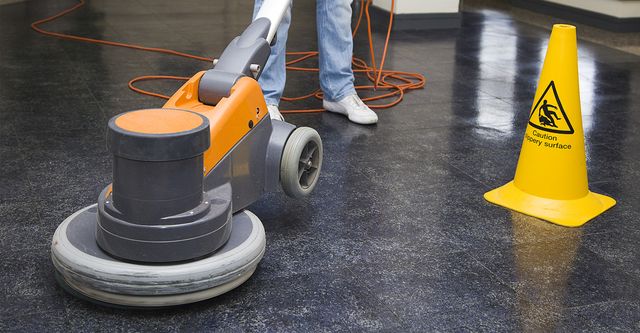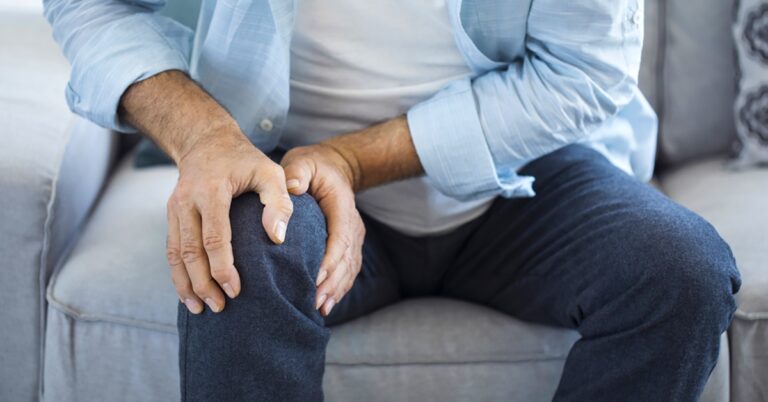Before floor polishing any floors, it is important to prepare them by cleaning and prepping the surfaces. This will help to avoid any damage to the flooring while the polish is being applied. Clean the floors with a cleaning product that is specifically designed for floors.
Make sure to get into the nooks and crannies and remove all the dirt, dust, and debris. If the flooring is marble or other types of hard surfaces, be sure to apply a protectant before polishing. This will help to prevent any damage to the surface while the polish is being applied.
Apply a thin layer of polish to a clean, dry cloth. Work the polish into the fabric of the cloth until it is completely covered. Apply the cloth to the surface of the floor and polish the surface with a circular, back-and-forth motion. Work the polish into the fibers of the cloth, using light pressure. Wipe the cloth clean with a dry cloth every few minutes. Continue polishing until the desired shine is achieved.
There are a few things that you can do in advance to help prepare your floors for polishing. Make sure that all of your furniture is out of the room, and that there are no large pieces of furniture that could obstruct the polishing pad. Also, make sure that all of your floorings are clean and free of any debris. Finally, be sure to have all of the necessary supplies on hand, including a polishing pad, a cleaner, and a bucket.
What type of flooring should use for polishing?
There are a few things to consider when choosing the right type of flooring for polishing. The most important factor is the type of polish that you plan to use. Different polishes require different types of flooring. For example, a polish that is designed to be used on wood floors should not be used on tile or stone floors. Similarly, a polish that is designed to be used on vinyl floors should not be used on concrete floors. Another important factor to consider is the texture of the flooring. Some polishes are more abrasive than others and will damage the surface of a floor if used incorrectly. It is important to test the polishing polish on a small area of the flooring before using it on the entire surface.
There is no one answer to this question since different types of flooring polish will work better on different types of flooring.
However, some general tips to follow include using a polish that is formulated for flooring, using a small amount of polish per area, and buffing the polish dry after use.
There is no one answer to this question as different types of flooring polish will work better on different types of flooring. However, some types of flooring that can be polished include hardwood, laminate, and tile. Polishing can be done on any type of flooring, but it is typically done on hardwood floors.


